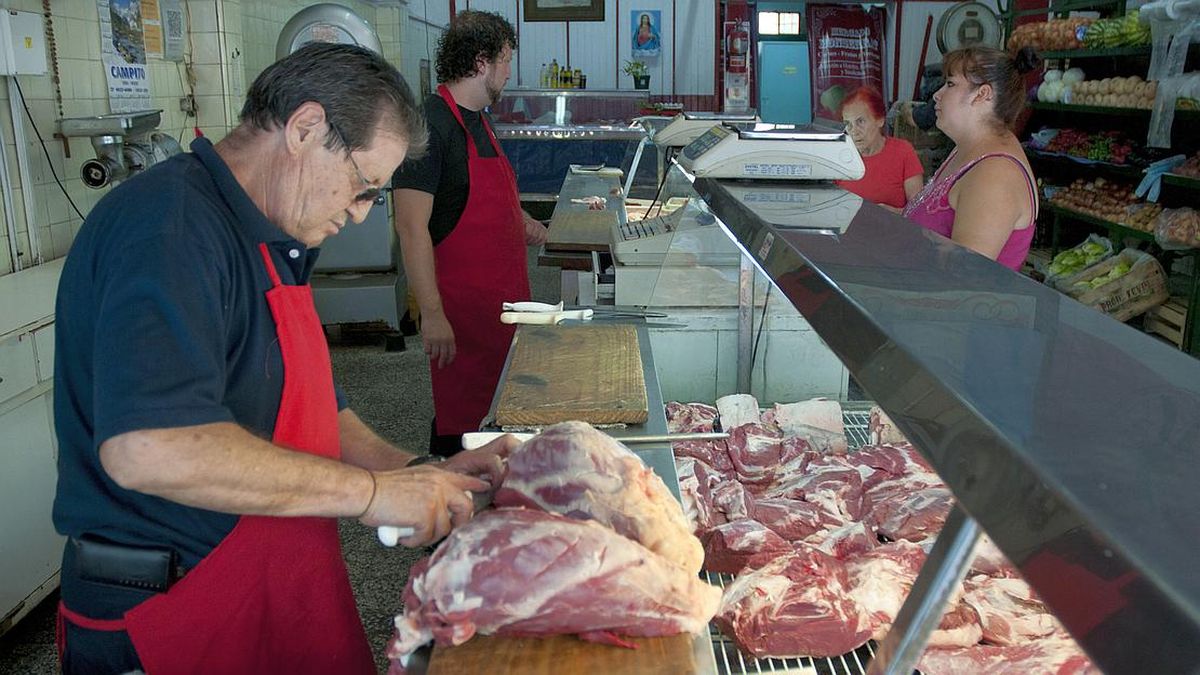In this campaign, some US$4,000 million will enter last summer, on an exchange market already complicated by the low international reserves of the Central Bank, estimated the Foundation.
Consequently, he predicted that there would be a rise in the price of wheat, but it would not have a full impact on the value of bread.
“Bread ends up rising due to other factors, more linked to general inflation than to wheat. An example of this has been seen between February and August of this year. In those six months, wheat rose 59%, this means that French bread should not have increased more than $16 per kilo (8%) due to wheat. However, the bread increased by $118. That is to say, it increased by $16 due to wheat and by other factors $102″, analyzed the chief economist of FADA, David Miazzo.
The entity pointed out that the consumer paid an average of $320 per kilo of bread, of which $80 correspond to the tax burden.
When analyzing the composition of this amount, the study details that 57% are costs, 25% taxes and 18% profits. Of the taxes paid by the chain, 79% are national, 19% provincial and 2% municipal; Profits and VAT account for 70% of the taxes paid by the sector.
On the other hand, according to the results of the report, grains represent a small part of the final price of food.
“It is false to say that milk or meat rises because corn rises, when the grain is 5% of the final price of the sachet of milk and 11% of the beef we buy. In the case of pork it is 14% and 19% in poultry With this we see that a rise in the value of corn affects the price of meat and milk, but the impact is much less than the increases that are seen month by month, there are others factors that influence this constant rise, mainly the inflationary process”, analyzed the FADA economist Natalia Ariño. In the case of beef, 27% of the final price are taxes from the chain.
Of the price paid by the consumer per kilo of meat, breeding represents 28%, feedlot 25%, refrigerator 6%, butchery 14% and taxes 27%, according to the work.
The tax burden represents 27% of the price, 63% are costs of the chain and 10% profits; Of those taxes, 76% are national, 19% provincial and 5% municipal.
Income tax and VAT, which are the ones with the highest participation, together represent 65% of total taxes.
Meanwhile, the report shows that, in the price of the whole milk sachet, the farm represents 32%, industry 31%, commerce 11% and taxes 26%.
“In other words: for the month of the measurement, on average the sachet had a price of $164, of which $43 are taxes,” Ariño clarified.
The composition of prices according to production costs, taxes and the result was also analyzed: in the case of milk, 79% are production costs, 26% taxes and -5% loss of the chain.
Source: Ambito
David William is a talented author who has made a name for himself in the world of writing. He is a professional author who writes on a wide range of topics, from general interest to opinion news. David is currently working as a writer at 24 hours worlds where he brings his unique perspective and in-depth research to his articles, making them both informative and engaging.




